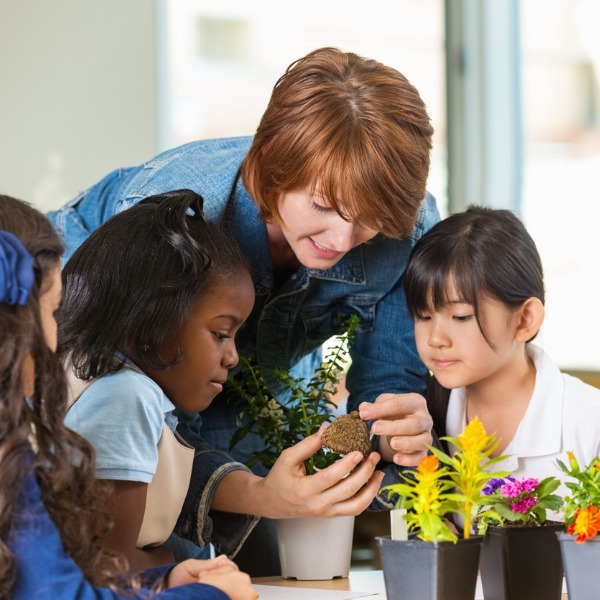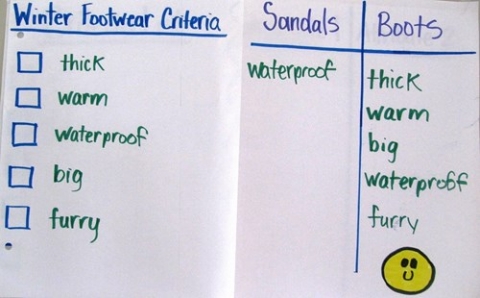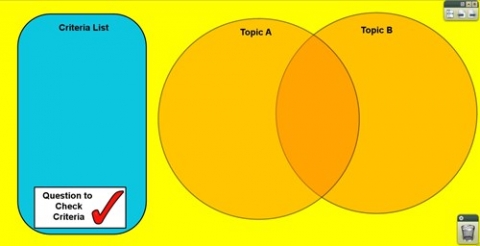Making Comparisons

Making Comparisons (SDI Productions, iStockphoto)

Making Comparisons (SDI Productions, iStockphoto)
Format
How does this align with my curriculum?
PE
9
Science Grade 9 (revised 2018)
Decisions and Perspectives
PE
10
Science 421A (2019)
Decisions and Perspectives
PE
12
Chemistry 621A (draft 2021)
Decisions and Perspectives DP1
PE
11
Chemistry 521A (draft 2021)
Decisions and Perspectives DP1
Making Comparisons is a way of thinking about two or more objects, ideas and/or events to find out how they are the same and how they are different. Knowing this information allows students to sort, classify and organize objects, ideas and/or events, to connect prior knowledge about them to new knowledge, and to develop appropriate comparative vocabulary.
Why use it?
- To help students develop an understanding of the relationships between objects, ideas and/or events.
- To activate prior knowledge of objects, ideas and/or events.
- To use the skill of Comparing & Contrasting to explain what is the same and what is different between and among different objects, ideas and/or and events.
- To use the skill of Sorting & Classifying to make further connections between and among objects, ideas and/or events.
- To develop appropriate comparative vocabulary (e.g., that indicates a comparison or contrast, such as alike, similar, different).
Tips for success
- Encourage students to observe attributes of ideas, objects and/or events and identify those important for their purpose.
- Recognize that initially the criterion/criteria students choose to sort/classify/organize materials, objects and/or events may not what we as adults might consider a recognized class. Allow students to explain their thinking and then challenge them by providing your criterion/criteria for comparing/contrasting and classifying/organizing characteristics of materials, objects and/or events
How do I use it?
- Provoke situations where a comparison is required (e.g., put two or more versions of the same fairy tale in the class library, display life cycles of a variety of familiar animals, have a collection of similar tools for a task in a Design & Build challenge).
- Introduce the terms criterion/criteria to the students and explain that criteria are used to help us to compare/contrast the characteristics of objects, ideas and/or events to determine what is the same/different.


- Model the use of a graphic organizer like a grid chart to show students how they can sort/classify/organize the characteristics of materials, objects and/or events (see Making Comparisons examples).
- Choose two or more familiar items related to an area of student interest (e.g., objects or materials related to having a litter-free lunch).
- Ask students observe the similarities and differences among the items and record their observations using a graphic organizer.
- Ask students to identify how they made their choices in identifying where to place the items on the graphic organizer.
- Reinforce that the word criterion/criteria is the word used for these choices.
- Ask students to justify their choices of criteria.
- Discuss how criterion/criteria can help us to understand the relationship between and among two or more ideas, objects and/or events.
Variations
- Ask one student/group of students to determine criterion/criteria for some idea, objects and/or events and then have another student/group of students use these student-generated criteria to Compare & Contrast and sort & classify the items.
Related Skills